Galeria Marcelo Guarnieri
Sao Paulo Alameda Lorena, 1835
São Paulo – SP – Brasil
info www.galeriamarceloguarnieri.com.br
Claudia Jaguaribe:
Exhibition: When I saw the Asphalt Flower
Asphalt Flower book launch
Opening 20 from August to 24 on Sep
The relationship between nature and humanity is one of the most important issues of the 21st century. The uncertainty of our future and the challenges to our physical and psychic survival on Earth raise ecological questions., social and artistic that demand an urgency in their treatment. The Brazil, country of continental dimensions, has high contrast characteristics and structures that make this situation even more aggravating. If, on the one hand, we inhabit a territory composed of large extensions of preserved biomes, on the other, we witness the accelerating of its devastation.
Since 2008 Claudia Jaguaribe has been addressing these issues through her work. The need to expand the possibilities of photographic language made the work gain consistency throughout its trajectory.. His production thus contemplates a diversity of media such as photography, the photo sculpture, the video and the book. At the exhibition “When I saw the Asphalt Flower”, what will be done Galeria Marcelo Guarnieri in Sao Paulo in August 2022, series will be shown “Asphalt Flower” (2020) and “imaginary garden” (2019), beyond “Asphalt Flower” (2022), unpublished book published by the French publisher Éditions Bessard. The book launch will take place during the opening of the exhibition. A selection of photographs from previous series in which Jaguaribe explored the idea of entanglement between nature and culture will also be presented..
“Asphalt Flower” (2022) revisits the idea of landscape as a garden, a space of connection between man and nature where it is possible to observe the dynamics of the cycles of life (growth, bloom and decline) as a reflection of the society that shapes it. The images of overlapping flowers that symbiotically integrate with the asphalt forms show us a surface that encapsulates nature since biblical times and that can no longer be separated from it.. The work has the format of a frieze composed of parts that, united, form a single image. This exhibition will also feature “Asphalt Flower”, photobook published by the French publisher Éditions Bessard which has the leporello format in allusion to the work.
“imaginary garden” (2019) is a series of photographs made up of overlapping plans that produce encounters between lush flowers and urban landscapes.. The images that form the real basis on which Jaguaribe creates the imaginary were produced in environmental reserves and emblematic Brazilian gardens., such as Parque Inhotim and Sítio Roberto Burle Marx. The overlapping tropical plants are sometimes framed by photographs of fragments of architectural constructions., now for records of devastation produced by fires, creating images that show the intersection and the inevitable dialogue between an idyllic vision of our nature and the testimony of the enormous changes that are taking place. The sculptures presented in the exhibition are also part of this research and introduce, in photography, sculptural elements present in Burle Marx's gardens, thus generating a dialogue between photography, landscape and architecture that takes place in the three-dimensional field. A form that takes on a landscape or a landscape that takes on a form.
The other works that make up the exhibition are, over it, the genesis and origin of this research. “When I saw” (2008) can be defined as a landscape under construction. Jaguaribe's libraries are iconic works of this period of its production that searched for symbolic forms of preservation of a nature then still intact.. The realization of “mulatto dick”, one of the photographs in the series, marks the first moment in which the abstraction of a plant form led to the creation of sculptural pieces. Already “Aba cat” (2014) is a poetic essay on the views of 19th-century traveling naturalists who viewed flora and fauna as objects of “scientific” scrutiny..
The series “Confluence” (2019), takes photography to the field of abstraction, following its relationship with nature through an investigation of its pictorial qualities. Her, the Tocantins rivers are represented, Paraná, Solimões and Iguaçu that merge, assuming a new body as in a process of metamorphosis.
In the series “Lina's garden” (2018) there is a kind of clash and complementarity between architecture and nature. in pictures, the garden seems to invade the modernist architecture of Casa de Vidro, making it difficult to distinguish between the boundaries of interior and exterior space. From the desire to further tension these limits between inside and outside, between photography and sculpture, the artist intervenes in the images with drawings of circles that refer to the vocabulary of modernist architecture by Lina Bo Bardi who had in the forms of nature a source of inspiration.
“When I saw the Asphalt Flower” will allow the public to revisit the trajectory of Claudia Jaguaribe that has 30 years is dedicated to producing an original and powerful work in which the denunciation is made not by a journalistic approach, but for an artistic look that reinserts us into the mysterious and complex beauty of life and the world.
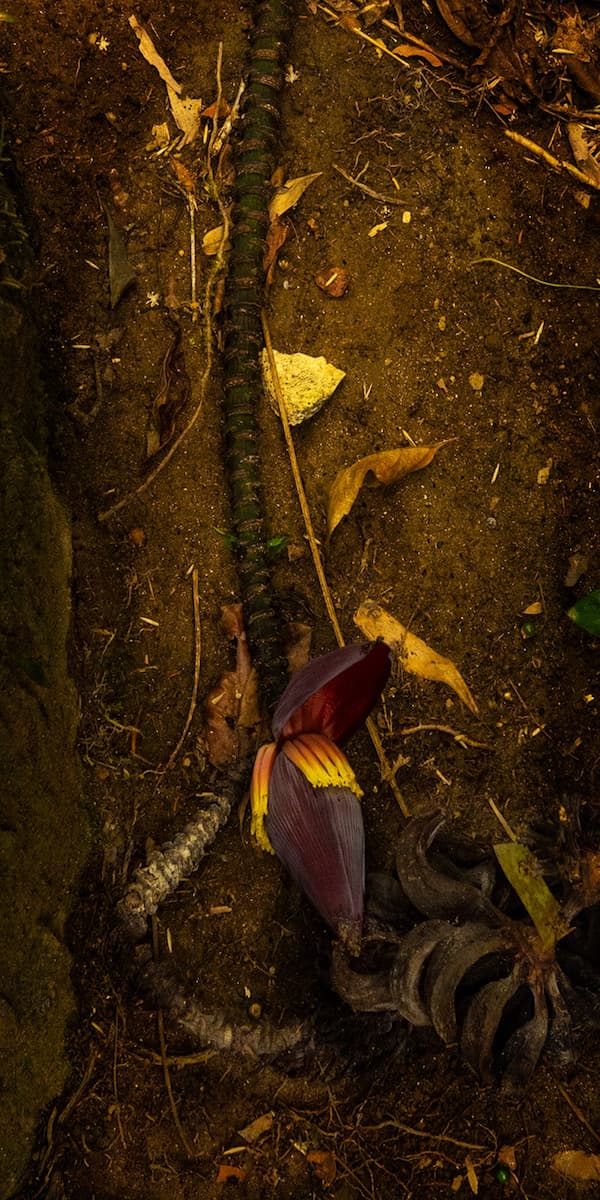
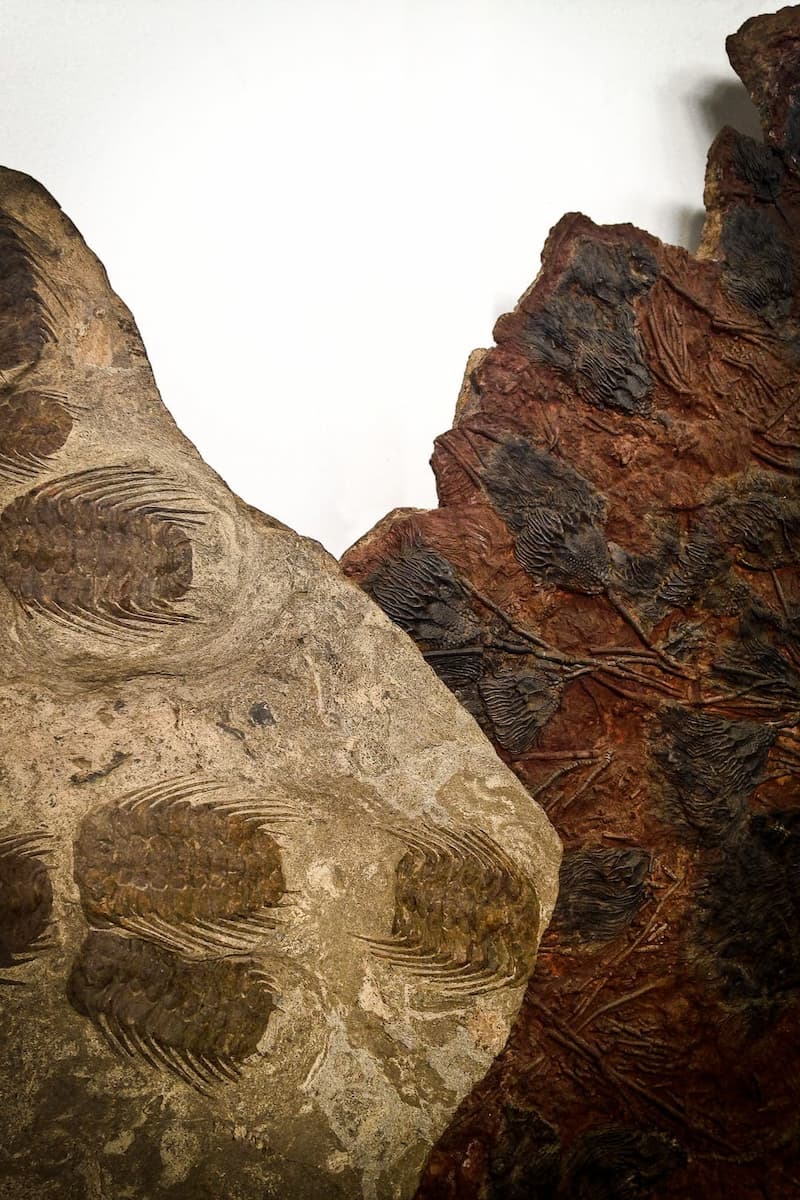
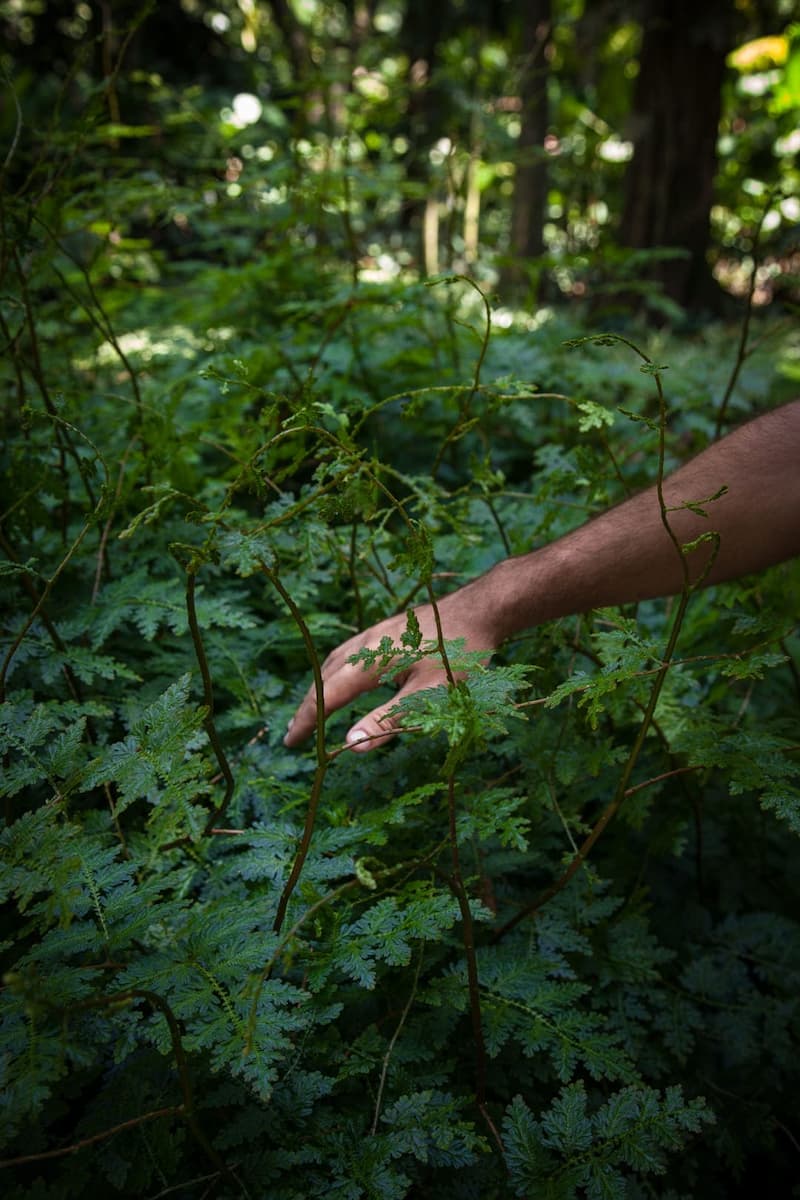
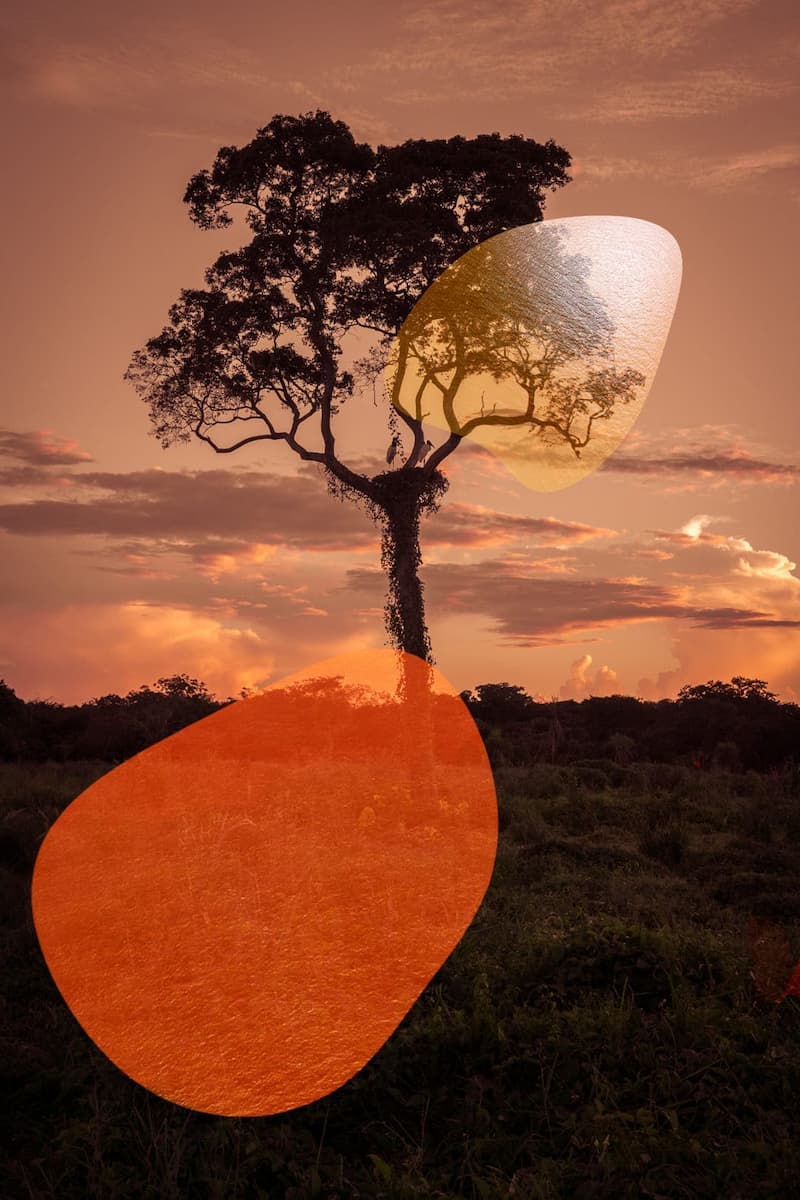
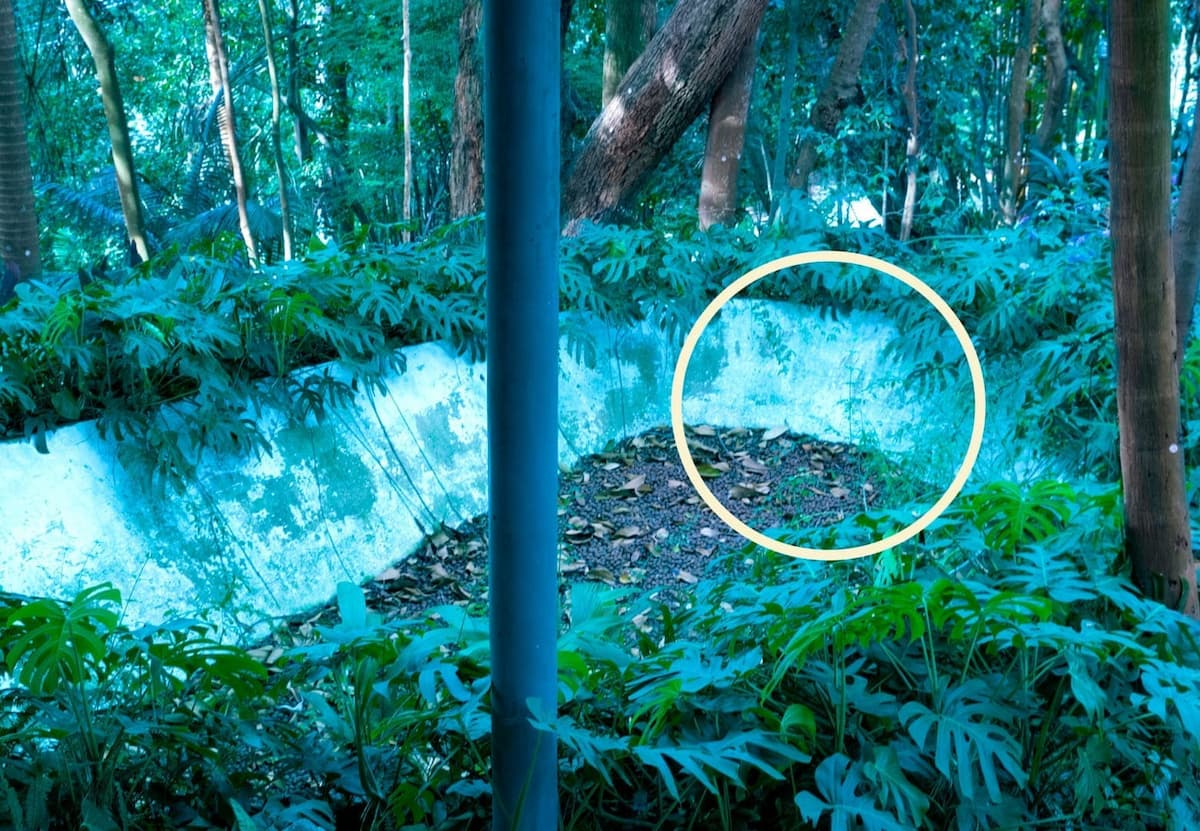
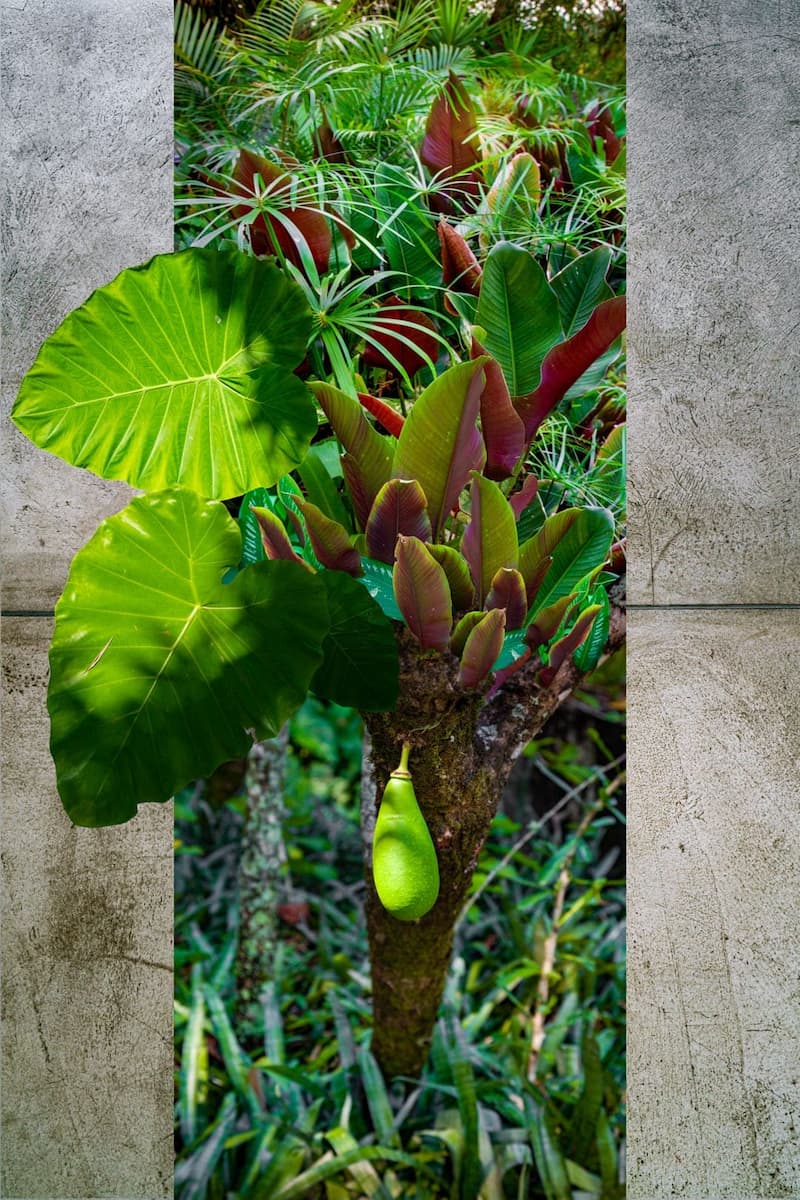
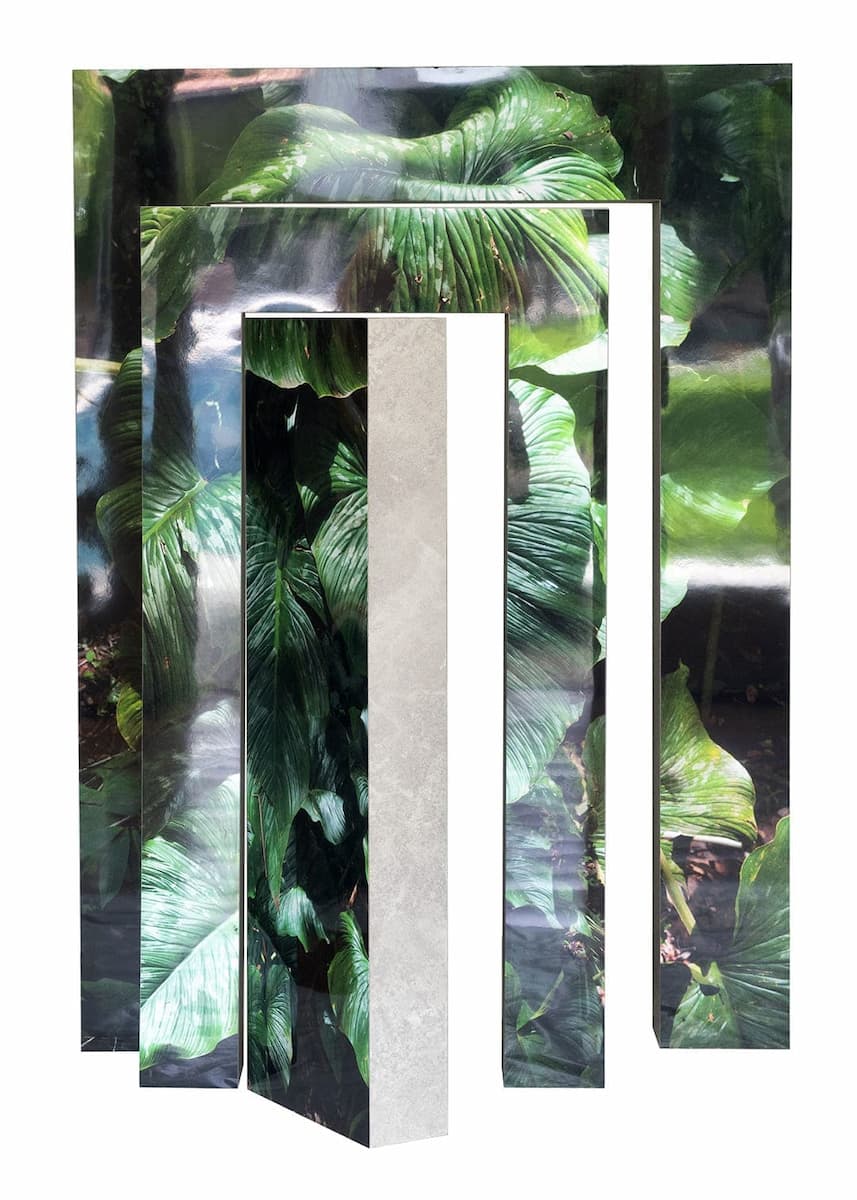
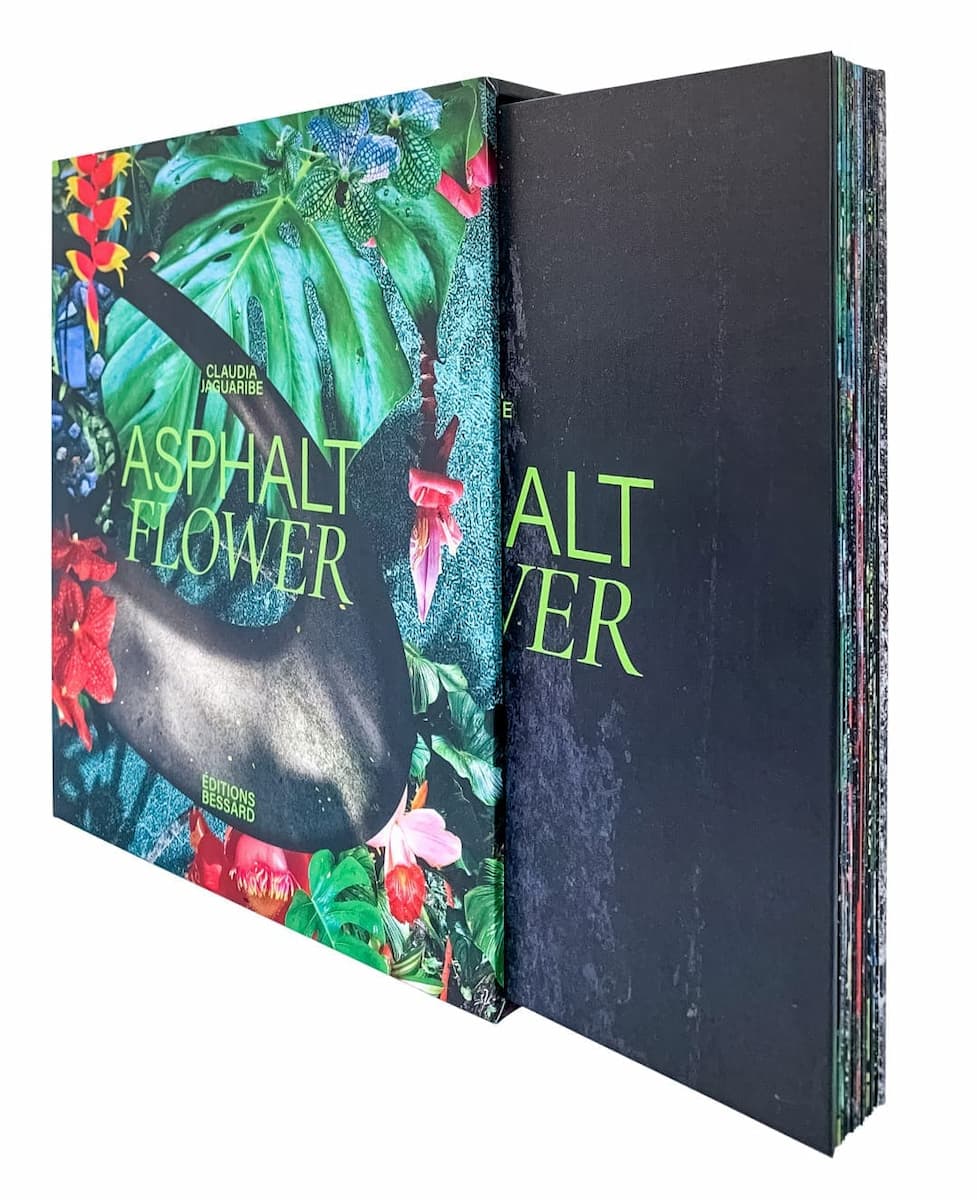
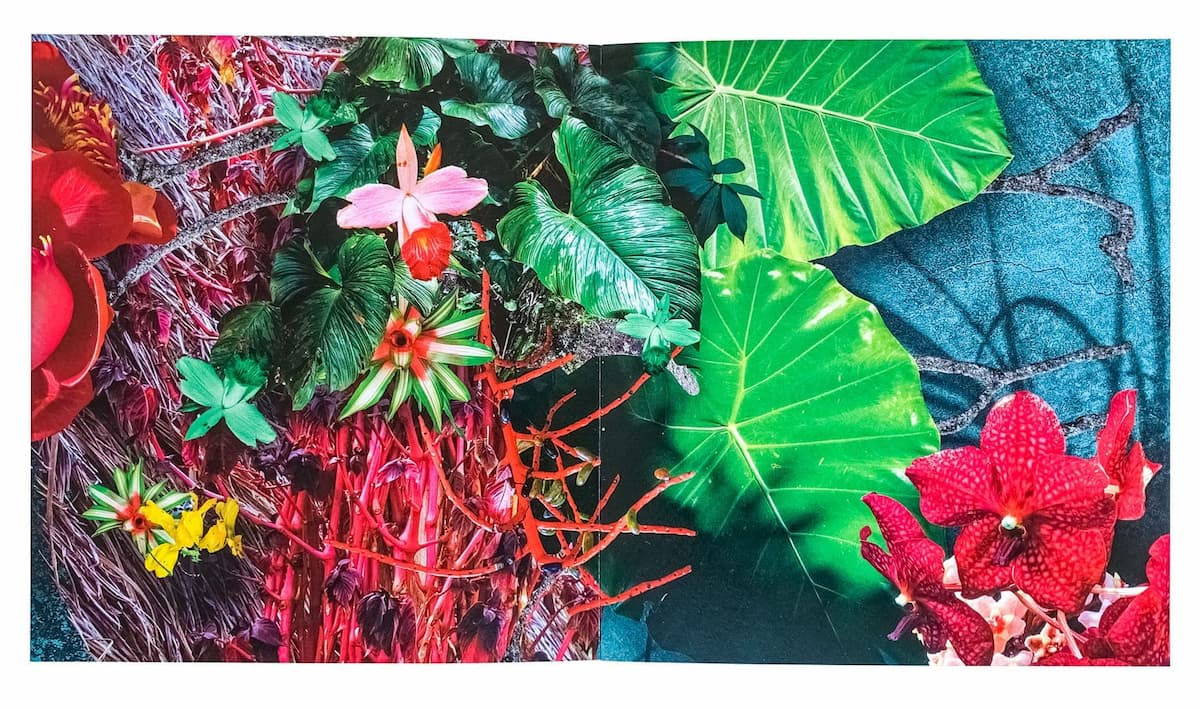
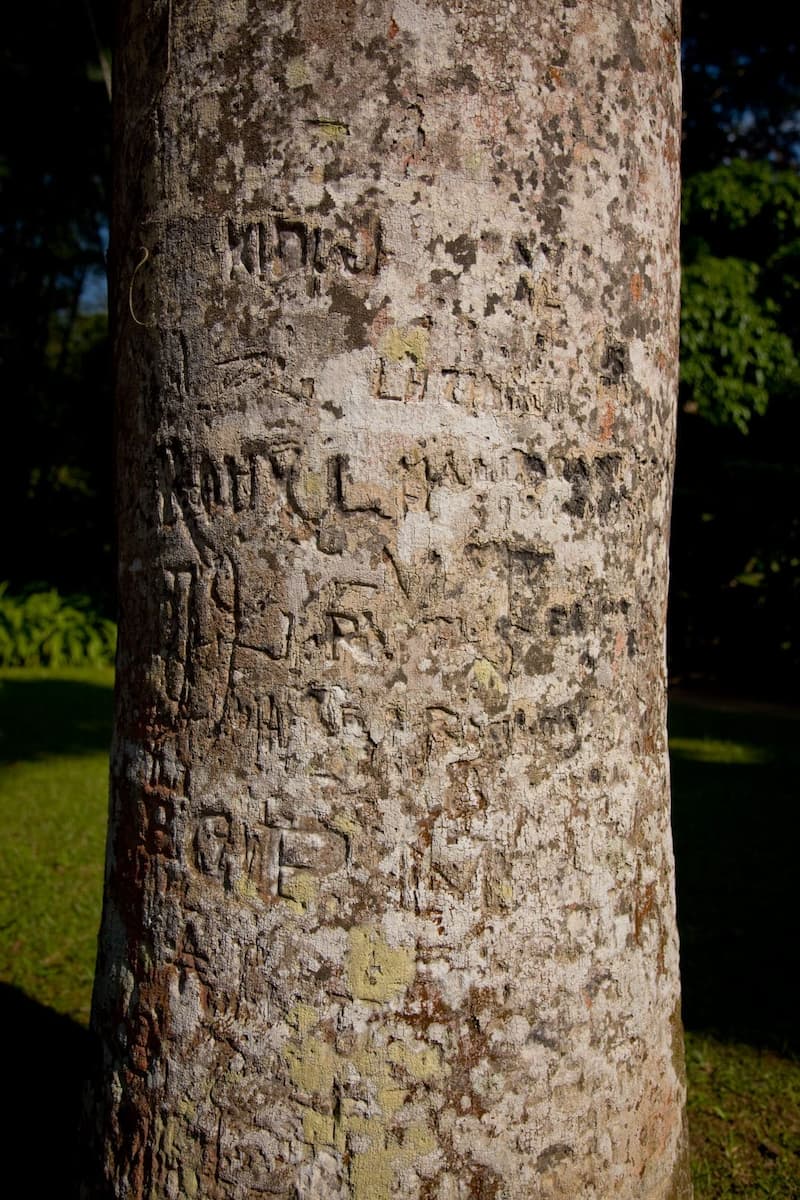

SERVICE
Galeria Marcelo Guarnieri
Exhibition When I saw the Asphalt Flower; Asphalt Flower Book Launch
Sign up to receive Event News
and the Universe of Arts first!
Exposure period: 20 August 2022 to 24 September 2022
Free entrance
Alameda Lorena, 1835 - Gardens
São Paulo – SP – Brasil / 01424 002
tel +55 (11) 3063 5410 / | contato@galeriamarceloguarnieri.com.br
themselves - sex: 10h from 19hs.
Saturday – 10h to 17hs
More info, access the pagewww.galeriamarceloguarnieri.com.br
